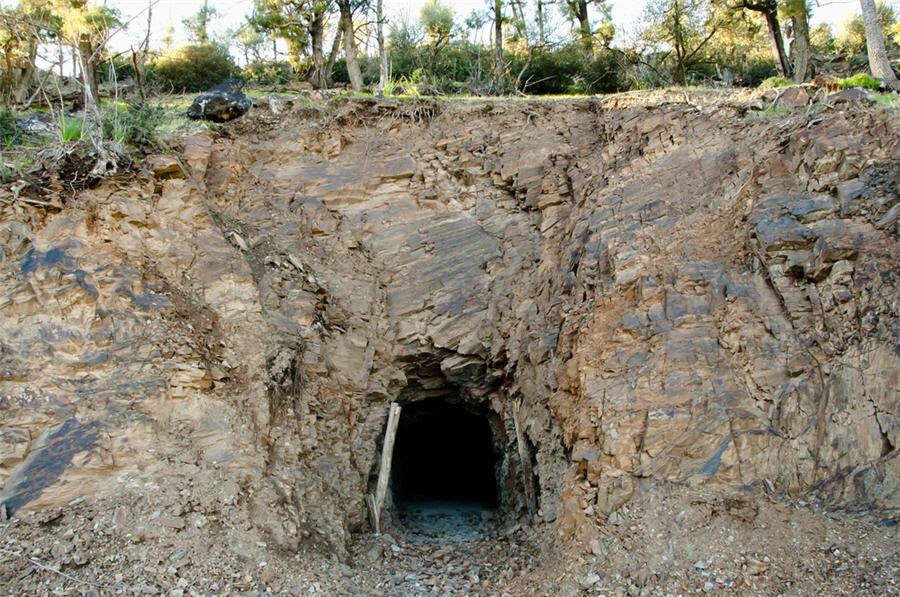
The UK Coal Authority and the Construction Industry Research and Information Association recently released a new 500-page guide (C758D) to help those building on or remediating land previously used for mining. It replaces document SP32, which was first published in 1984.
GlobalData’s mining technology writer Yoana Cholteeva looks at why a new guide is needed.
Coal Authority mining consultant and information manager Dave Parry told GlobalData: “SP32 was first published in 1984 and proved invaluable to the industry and was still widely used well in excess of 30 years after being commissioned. However, it was specifically aimed at engineers and geologists, and was heavily weighted towards coal mining and construction.
Major changes in legislation and town and country planning have been implemented, reflecting the increased awareness of the effects that mining has on public health, safety, and the environment
“Since the publication of SP32, the numerous issues associated with abandoned mines have progressively become better understood, with significant advances in knowledge and expertise. The deep coal mining industry has been run down, and this has coincided with increased urbanisation and regeneration of land in areas of former mine workings.
“Major changes in legislation and town and country planning have been implemented, reflecting the increased awareness of the effects that mining has on public health, safety, and the environment. New materials such as geosynthetics are now in widespread use and techniques of grouting and ground consolidation have been better developed. It was therefore recognised, by stakeholders and support and advisory organisations, that a considerable body of knowledge and expertise was not reflected in SP32.
What is the importance of a manual for development above mine workings?
Parry says: “Our mining legacy requires consideration across large parts of the United Kingdom. In Great Britain alone, nearly 15% of land is deemed to be in a mining area. Many urban and industrial centres have been located close to heavily mined areas, with the ten largest urban areas each affected by mining to some degree. Each exploited mineral type brings with it different considerations for both the natural environment and any proposed construction in the area of the mining activity.
“The key issues associated with abandoned mine workings are extensive and, in many cases, very complex in their detail. However, they may be summarised as events, risks and hazards associated with: collapse of shallow mine workings and surface subsidence, subsidence of mine entries like shafts and adits, and mine gas emissions.
“Also, mine water emissions caused by sudden outbursts and discharges to waterways can lead to groundwater contamination. Another issue is historical methods of abandonment such as serviceability, and currently occurring failures.
“The new manual retains much of the information from the original guide, but with substantial updates in dealing with the effects of the mining legacy. It also provides additional guidance on the planning regime, environmental considerations, legislative framework, and health and safety issues.
“An important part of the manual is the setting of a standard for reporting and record keeping. This is something which has often been neglected, even though the accurate and detailed recording of information is extremely important for the maintenance and management of new and existing assets or structures going forward.”
Comments